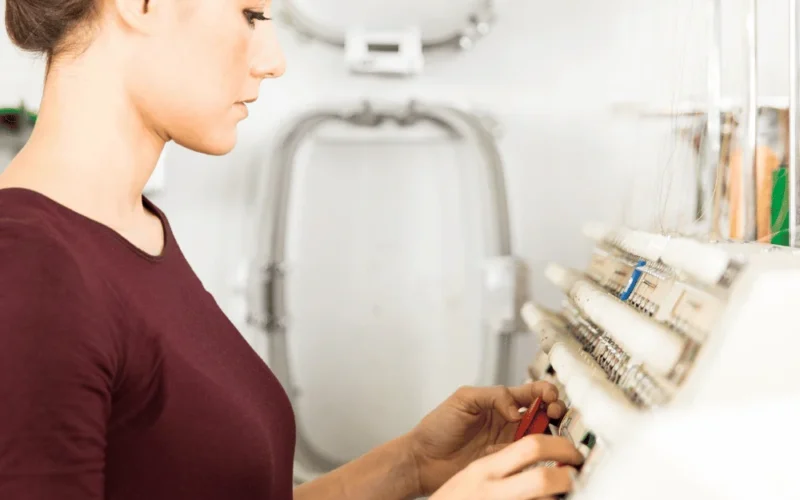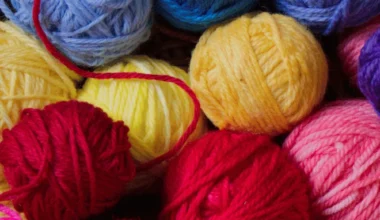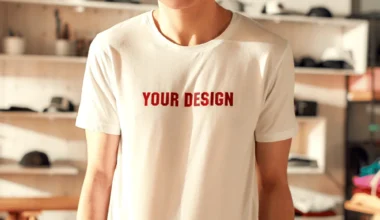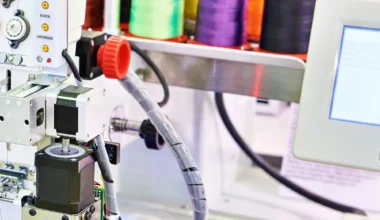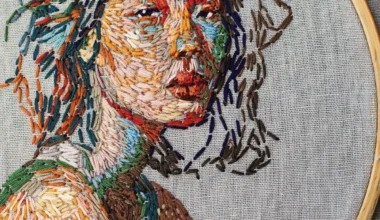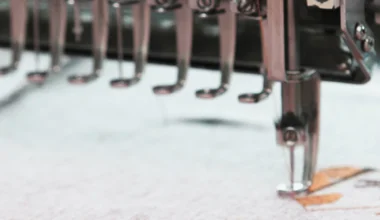Embroidery is an art form that adds flair and personality to fabric, but when it comes to how much to charge for embroidery, it can be a bit of a puzzle. Don’t worry – we’ll help you crack the code to perfect how you charge for your creative business.
Let’s break down the basic factors of embroidery pricing so you can confidently learn how to charge for embroidery and ensure you’re not selling yourself short.
The Basic Factors of How Much to Charge for Embroidery
Material Costs
First things first, let’s talk materials. Whether you’re stitching on a simple cotton tee or a luxurious silk blouse, the cost of your materials can vary. Consider the threads, stabilizers, and fabrics you’re using for each project. Are you opting for high-quality threads that make your designs pop? Or maybe you need specialty stabilizers for intricate designs? Don’t forget about backing or topping for those extra complex creations.
Tallying up these costs per unit of embroidery will give you a great foundation for how much to charge for embroidery.
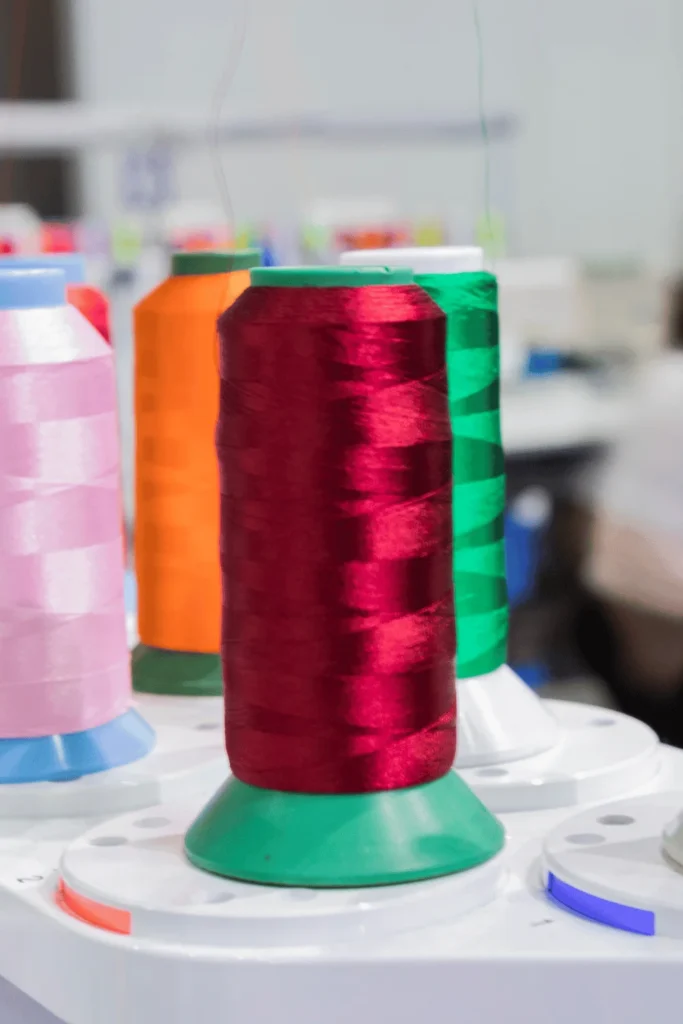
Machine Costs
Now, let’s talk embroidery machines. Your trusty embroidery machine will be the backbone of your operation, but it comes with its own set of costs.
When it comes to how much to charge for embroidery, this will probably be one of the biggest expenses of starting your embroidery business, but it’ll be well worth it to have your own. Consider what’s best in your current financial situation – purchasing it outright, or finding a payment plan to pay it back over time.
Machine Maintenance
Routine servicing, repairs, and occasional upgrades will all need to be factored into your budget. All of our embroidery machines come with a limited warranty to protect your machine (and your wallet!) if anything goes wrong.
This is also why it’s important to compare embroidery machines before investing and when considering how much to charge for embroidery.
Software and Design Costs
Embroidery digitizing software, design files, licensing fees – they’re all part of the package when you’re learning how to charge for machine embroidery. Whether you’re creating your own designs for selling clothes on Etsy or outsourcing the work, you’ll want to make sure you factor in the price of your software, be it a one-time fee or an ongoing subscription.
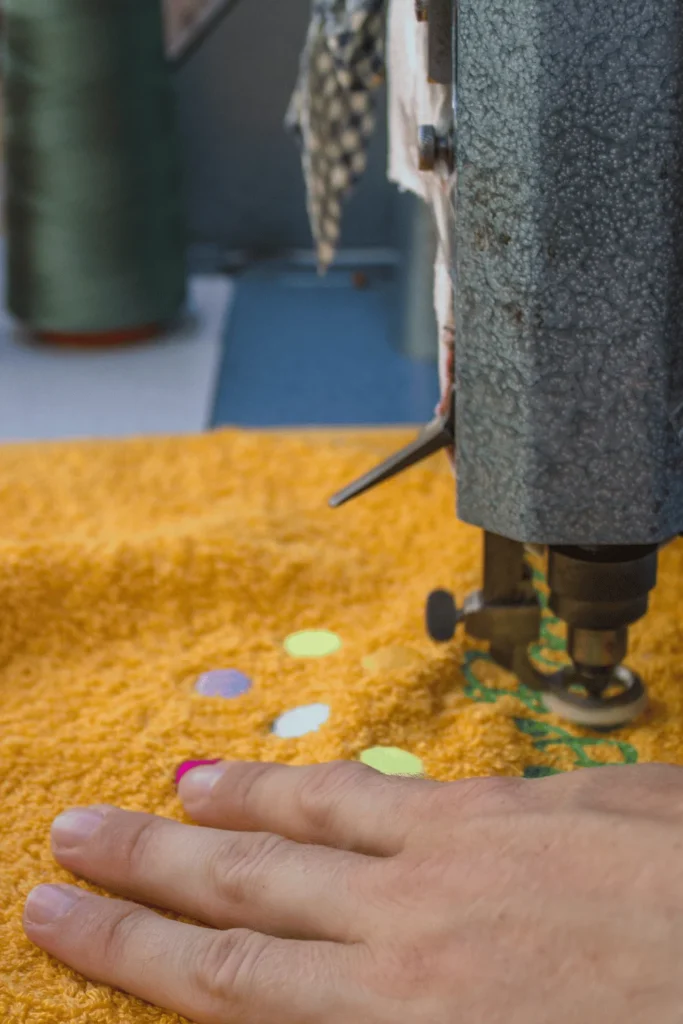
Time Spent Designing
When you’re starting an embroidery business time is perhaps your most valuable asset when it comes to calculating how to charge for embroidery services.
When it comes to designing, calculate your hourly rate based on your expertise and experience. Typically, designs might do a few patterns free for friends or on their own to get an estimate of how long it takes them.
Consider the complexity of the design and any revisions requested by your client. And don’t underestimate the time spent communicating – understanding your client’s vision is crucial to delivering a design they’ll love. This should all be factored in when you start taking designing into account in your overall pricing strategy.
Time Spent Embroidering
Calculate your hourly rate for embroidery based on your machine’s speed and efficiency. Account for setup time, including hooping and thread changes, as well as any interruptions or downtime during the embroidery process.
Remember, your time is valuable, so make sure you do your due diligence while learning how to charge for embroidery work so you’re eventually able to scale your process without having to work day and night!
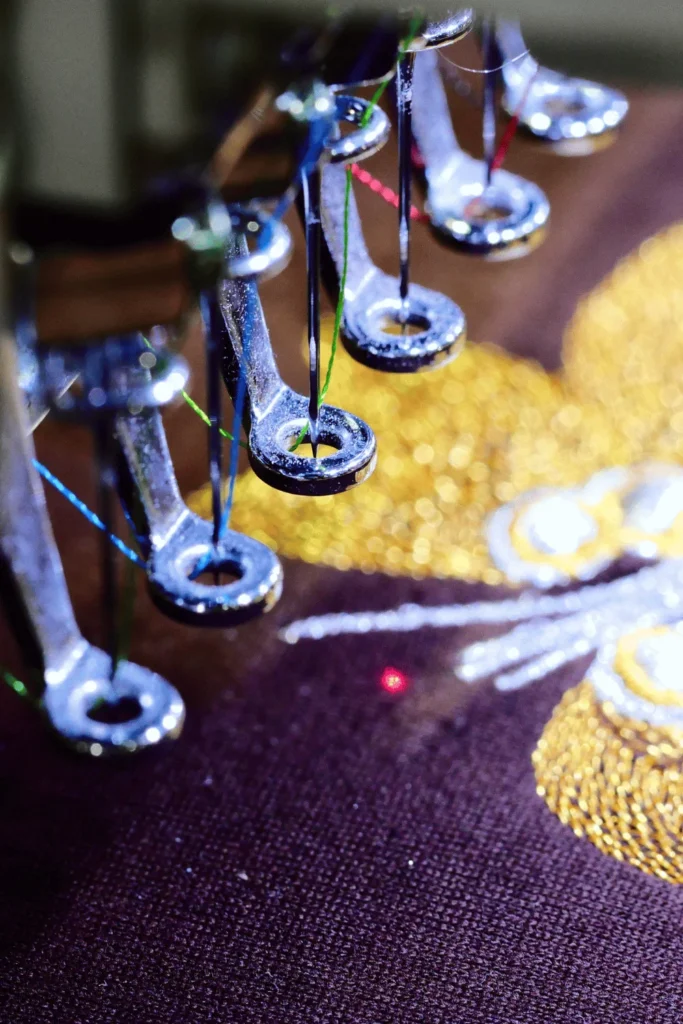
How to Gather Competitor Pricing Data
So, you’ve got a handle on your own costs and pricing strategy, but how do you know if you’re in line with the competition to make sure you’re pricing competitively but fairly?
Know Your Target Market & Demographics
Understand your target market inside and out. Who are your customers? What do they like? How much are they willing to shell out for embroidered goodies? Are they looking for casually handcrafted pieces, or high-end, long-lasting pieces?
Dive into market research to uncover the demographics of your audience like their age, gender, location, and even income level. Your pricing strategy should match what they’re willing to pay without being too competitive for the quality of your product.
Join the Embroidery Printing & Business Help Facebook Group
Join online communities like our Embroidery & Printing Business Help Facebook Group where those with embroidery experience and business owners hang out.
Keep your eyes peeled for discussions on pricing trends, customer expectations, and what’s working for others. While it might seem like others in these forums are your competition, you all have unique creative businesses and pieces, so you will all have something different and unique to bring to the table.
Go to Trade Shows and Craft Fairs
Scope out the booths of competitors and similar businesses to see how they’re pricing their wares and get inspiration from it. Take note of any special offers or pricing structures that catch your eye.
Also, don’t forget to mingle – chatting with exhibitors and attendees can provide invaluable firsthand info on market trends and pricing benchmarks!
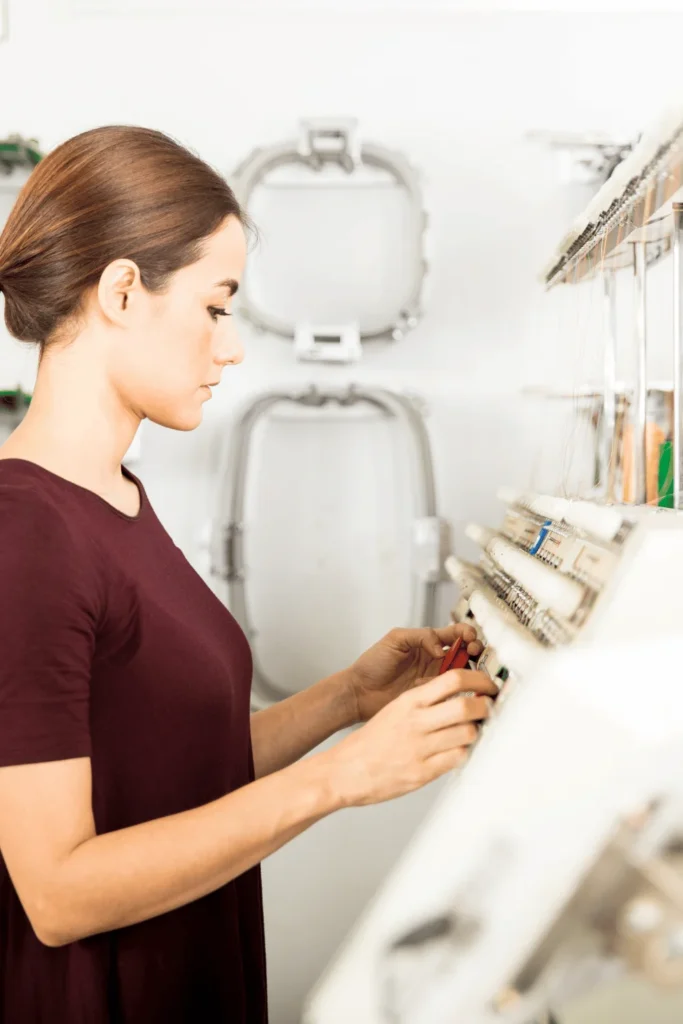
Research on Etsy
Last but not least, you’ll learn a lot from simply scrolling through Etsy! As one of the largest online marketplaces for handmade goods, it’s full of pricing data from businesses at all different levels of expertise.
Browse through embroidery shops in your niche or category and analyze their pricing patterns. Pay attention to customer reviews and feedback to see how pricing impacts perceived value and customer satisfaction.
Pricing Strategies for Embroidery Businesses
Cost-Plus Pricing Model
Calculate the total cost of production for each embroidered masterpiece – think materials, labor, and overhead expenses. Then, add a markup percentage to cover your profit margin and any unexpected costs that might crop up.
The goal is to make sure your final price is on par with the market while still raking in a tidy profit for your business.
Value-Based Pricing Model
This one’s all about perception. Take a good, hard look at your embroidered wonders and ask yourself: what’s their value? Is it the impeccable quality, the jaw-dropping uniqueness, or maybe your stellar brand reputation? Set your prices based on the value you’re offering customers, rather than just recouping production costs.
Make sure you’re shouting your value proposition from the rooftops through branding, marketing, and product presentation. After all, if you’re offering top-notch quality, customers should know it – and be willing to pay a premium for it.
Pricing Tiers Based on Customization
Offer up pricing tiers based on the level of personalization your customers crave. Got a super intricate design that’ll make jaws drop? That’s a premium tier. Charge a bit extra for those custom creations that require extra time and expertise. (Make sure you spell it out for your customers so your tiers are easy to understand.)
Special Requests
Those out-of-the-box projects that make your embroidery heart sing could be an offering just the same!
Set up some pricing policies for handling these unique requests. Factor in any extra costs or time commitments like for think rush orders or custom design work.
Start Your Embroidery Business with Ricoma!
Our top-of-the-line embroidery machines and educational resources are here to help you get your business up and running. Now that you know how much to charge for embroidery, you’re ready to turn your side hustle into a full-time income!
